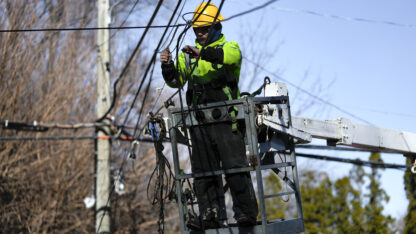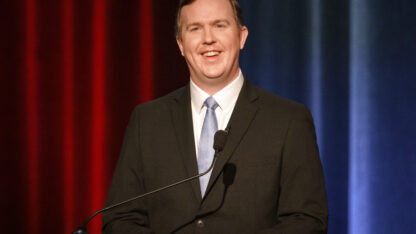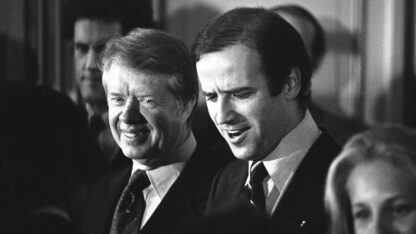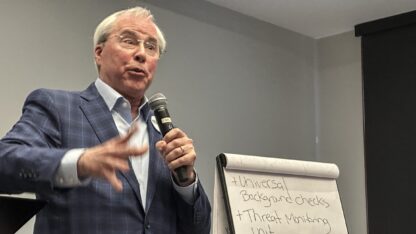In a surprise, the job market showed strength in April despite high interest rates

Hiring unexpectedly accelerated last month despite the weight of rising interest rates and recent stress in the banking system.
U.S. employers added 253,000 jobs in April, according to a report from the Labor Department Friday, a significant uptick from the month before, when revised figures show 165,000 jobs added. The unemployment rate fell to 3.4% from 3.5% in March.
Construction companies added 15,000 jobs in April while factories added 11,000.
Industries such as construction and manufacturing are particularly sensitive to interest rates, which have jumped sharply over the last 14 months as the Federal Reserve tries to crack down on inflation.
But many service industries continue to add workers, to keep pace with growing demand for travel, entertainment and dining out.
“Strong hiring for airlines and hotels and restaurants is largely offsetting the weakness elsewhere,” said Julia Pollak, chief economist for the job search website ZipRecruiter.
Bars and restaurants added 25,000 workers in April, while business services added 43,000.
How the volatility in banks impacts the job market
Recent turmoil in the banking system could act as another brake on hiring by making credit harder to come by. Many banks have grown more cautious about making loans, following the collapse of two big regional banks in March and a third this week.
“If small businesses can’t borrow, they won’t be able to add new location. They won’t be able to buy new equipment,” Pollak said. “So we could see a pull-back in small business hiring.”
While the overall job market remains tight, with unemployment hovering near a half-century low, there are signs of softening. Job openings declined nearly 15% between December and March, while layoffs rose 22% during that time.
The number of people quitting their job has also fallen in recent months, suggesting workers are less confident about finding and keeping a new job.
“People are not inclined to jump when they’re the last one in [and the] first one out,” said Tim Fiore, who conducts a monthly survey of factory managers for the Institute for Supply Management.
Wages are a key focus area for the Fed
For much of the last two years, the Federal Reserve has worried that the job market was out of balance, with demand for workers far outstripping the number of people looking for jobs.
That imbalance is beginning to right itself. More than 1.7 million people joined or rejoined the workforce in the first three months of the year.
“People are coming off the sidelines and back into the labor market,” said Nela Richardson, chief economist for the payroll processing company ADP. “That’s good for the economy. It’s also good for the inflation environment.”
Some of those gains were reversed in April when 43,000 people dropped out of the job market.
Average hourly wages in April were 4.4% higher than a year ago, compared to a 4.2% annual increase in March, the Labor Department said Friday. Those figures may understate workers’ actual wage gains though, since much of the recent job growth has come in relatively low-wage industries, which skews the average lower. A separate report from the department, which corrects for that, shows annual wage gains closer to 5%.
9(MDAxODM0MDY4MDEyMTY4NDA3MzI3YjkzMw004))








